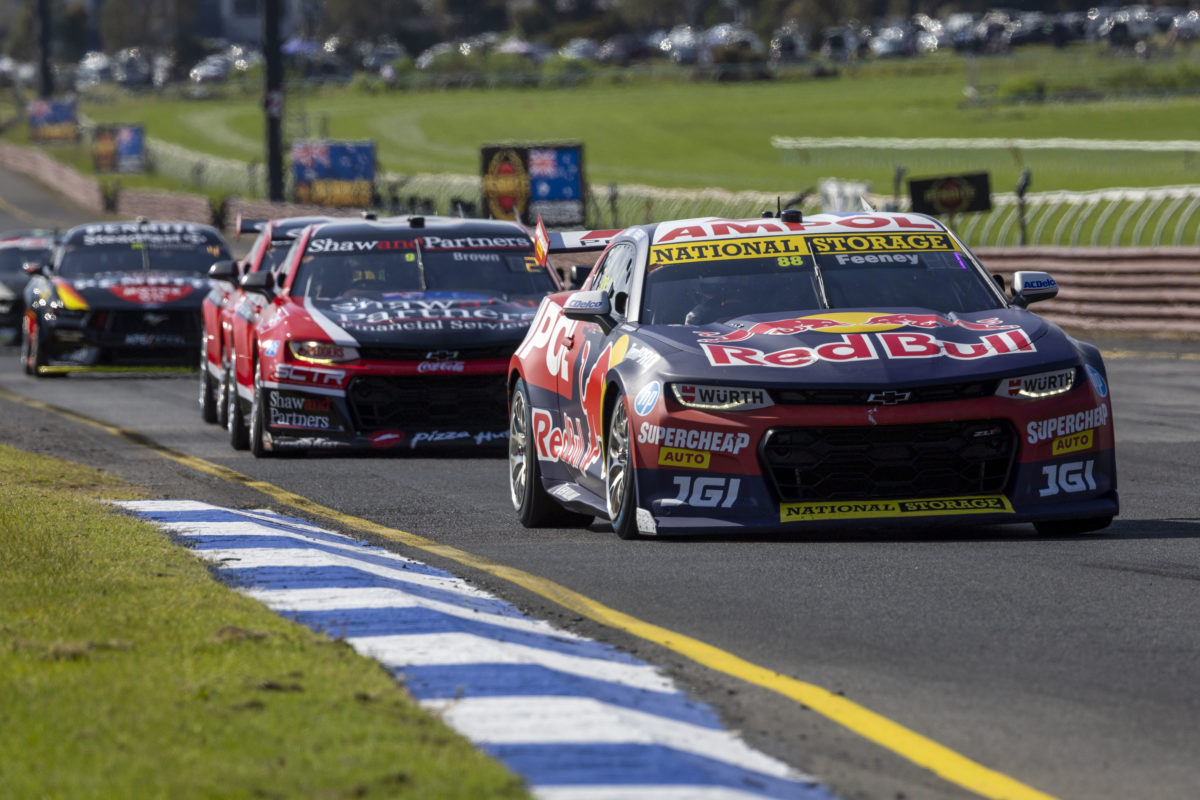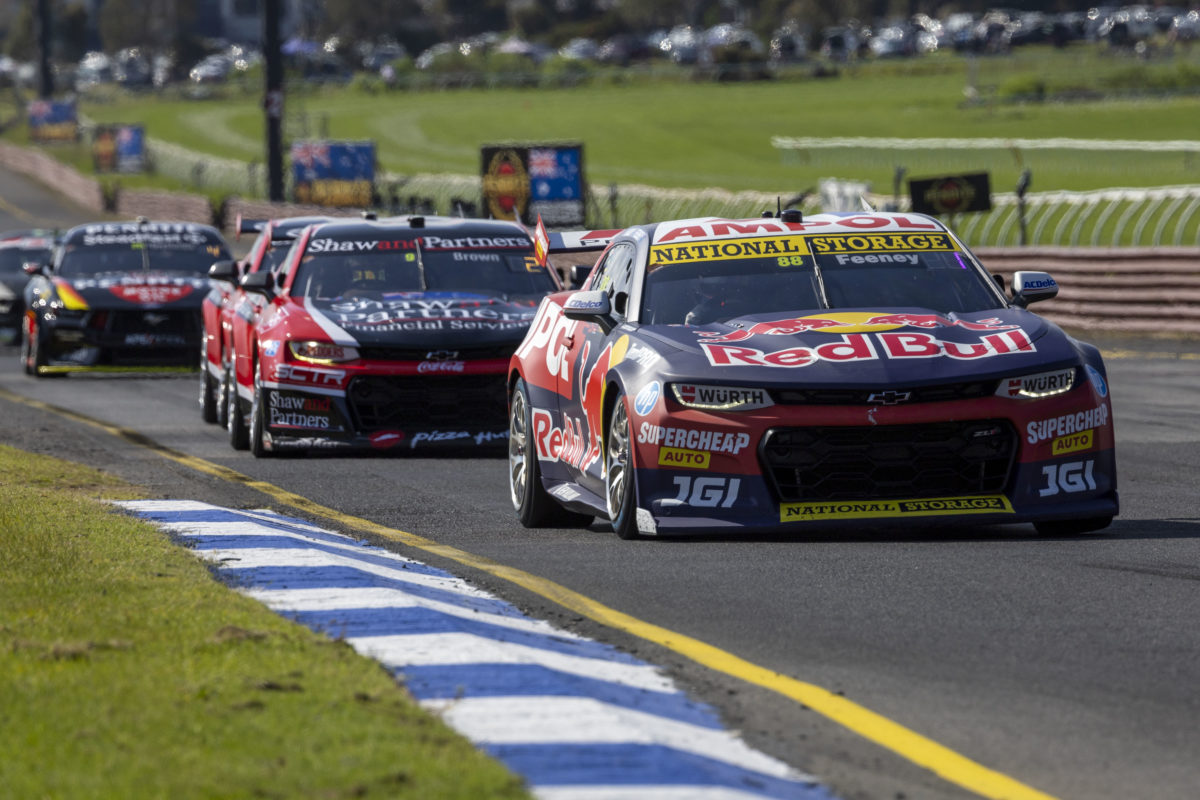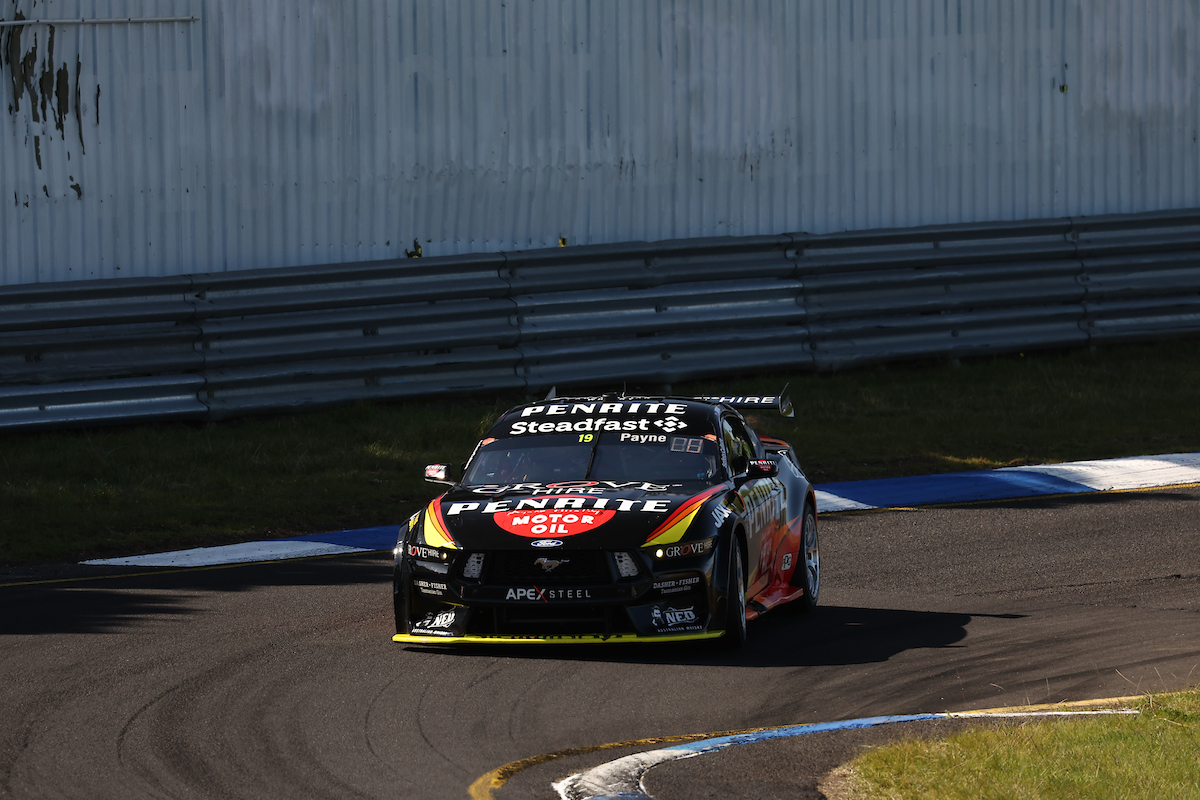

The first ever Gen3 Enduro has come and gone with the Sandown 500. What a pleasure it was to have the race back on the calendar and also, by all reports, to see a large and enthusiastic crowd at the track.
The current top two teams in the Supercars Championship fought it out for the victory. That wasn’t anything to do with the “P” word. They’re simply doing the best job. So, congratulations to both Triple Eight and Erebus.
The racing was entertaining whilst the co-drivers were aboard as the level of skill was very variable and the second, longer stint showed up who had not only stamina, but a grasp of looking after the tyres, and those who didn’t. Again, the Triple Eight and Erebus co-drivers all showed very well as they fully embraced the challenge.
However, the real standout for me was Kevin Estre, as co-driver with Matthew Payne. Here’s guy who was taking part in his first ever Supercars race weekend and in a car that was every bit as much of a challenge for him as the NASCAR Cup car was for SVG at Chicago.
His performance reminded me of another Frenchman, Yvan Muller, competing for Triple Eight in the 2005 Sandown 500, a race he won with Craig Lowndes. But Yvan did have some previous Supercars experience both with T8 and also HRT. So, Kevin’s performance was superb in my book. And congratulations to the Grove team for having the guts to sign him.
We need internationals, in my opinion, taking part in the Endurance Season so I hope his showing leads to more opportunities in future, especially as so many more drivers know Bathurst well these days as a result of the success of the 12 Hour.
Mid-race was probably a struggle even for the hardened enthusiast and certainly a bit boring for the average punter. However, it came alive in the last 20-odd laps, post Safety Car, and if that battle for the top four positions didn’t keep you focused, then you’re watching the wrong sport.
Yes, the race ran out of time, but that was purely a result of the delayed start caused by barrier repairs. I’ll be the first to call out Supercars if they unnecessarily go “time certain”, but that wasn’t the case here.
For me though, the overriding factor that governed the race shape once again was the characteristics of the tyre. It’s clear that driving to a number was essential to being able to get through a stint without the tyre falling off the cliff in the last 10 laps. For sure, that’s a skill. But it’s endless. Week in, week out. Especially at the low grip tracks. Hence, pre-Safety Car, the second half of the race was a procession for the most part, once the regular drivers had taken over.
A tyre race, like a fuel race, is something that can be interesting once in a while. But every time? Fingers crossed for Bathurst.
Unfortunately, the TV commentary team once again showed that whoever is advising them on team strategy simply hasn’t a clue. For instance, it was absolutely clear that the #88 car strategy was to win the race at the slowest possible speed. That was clear from the moment it first took the lead, and again the second time. I could go on, but the record is broken.

Conversely, the television lead-in introduction piece laying out to viewers the likely variables in the race, including all the new elements with Gen3, was superb. Informative without being verbose.
Moving on, in the absence of a new tyre for 2024, I’d like to ask the drivers if the original, hard tyre would help the situation. I know they’d take longer to “come in” on these, low-downforce cars, but would they enable drivers to race harder knowing that the tyre could last a full stint?
Tyre degradation has always been a factor, but the hard tyre races in the past weren’t only all about deg. For sure, the hard tyre could overheat close behind another car, especially the fronts, but the drivers could back off, cool down, and often attack again.
Isn’t it worth at least testing and trying? And then move on for 2025 to something altogether better.
Or is it worth experimenting with a lower minimum tyre pressure? These cars are lighter and have massively less aero than Gen2, so surely there’s an argument for allowing a reduced minimum pressure? If 17psi was necessary as the minimum for the old cars, then I would have thought that 15psi might be feasible for the current cars.
The sidewall damage and safety concerns which were, quite rightly, behind the introduction of the minimum pressure rule, was caused when teams started to go as low as 9 or 10psi at the start of races. That cannot be allowed to happen, but I would certainly be looking at whether a lower minimum could improve the racing for 2024.
There’s two suggestions to examine as compromises with the current tyre to try to take some of the emphasis away from constant tyre preservation mode. A combination of the two? Let’s see.
Over in Singapore, the Formula 1 Grand Prix suffered from exactly the same issue. And, like Sandown, it took a Safety Car (or a virtual one) to really bring it alive from the follow-the-leader tyre preservation demonstration.
Thank you to the Mercedes-AMG team for injecting some real spice into the last part of the race. It came alive once they ducked into the pit lane and bolted on those new medium compound tyres.
I would have put money on them coming through for the win, but Sainz served up an absolute masterclass in race management to win the race. He was extraordinary and, judging by the radio conversations with his team, he was the one, not the pit garage, that worked out how to handle the situation he found himself in.
That was a cerebral SVG-type race win and a real pleasure to watch.
But we shouldn’t have to rely on bloody Safety Cars for entertainment.




















Discussion about this post